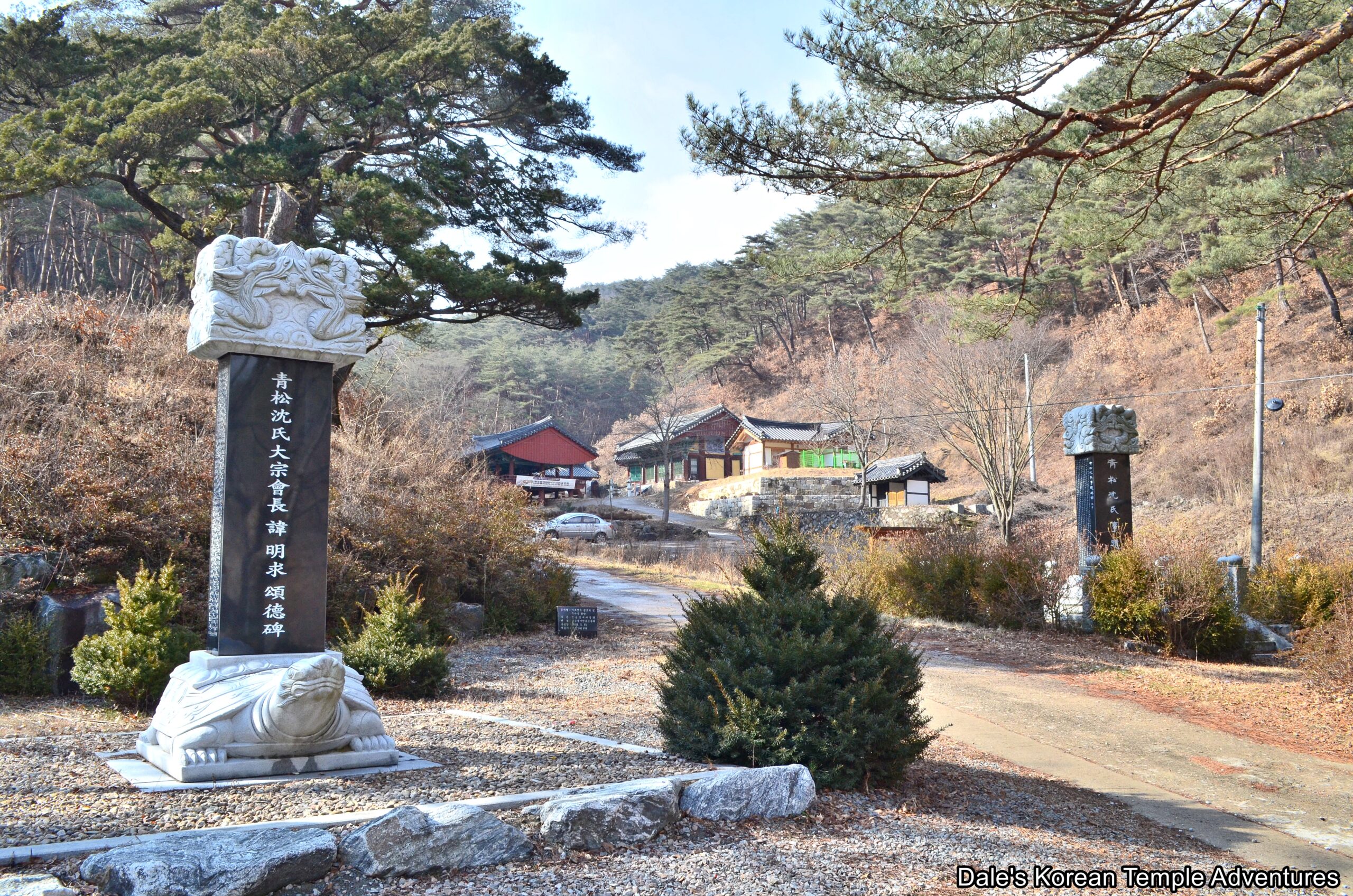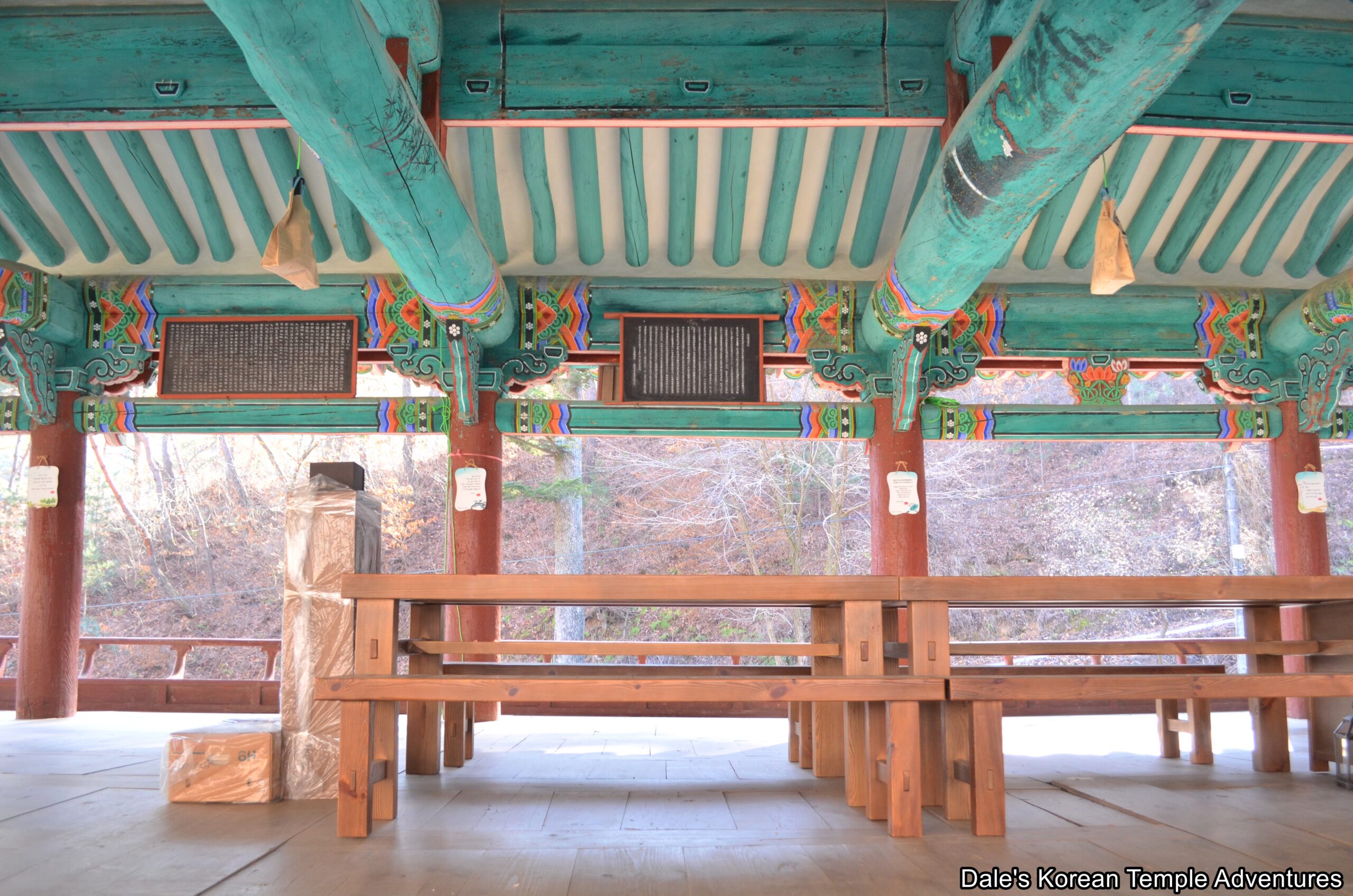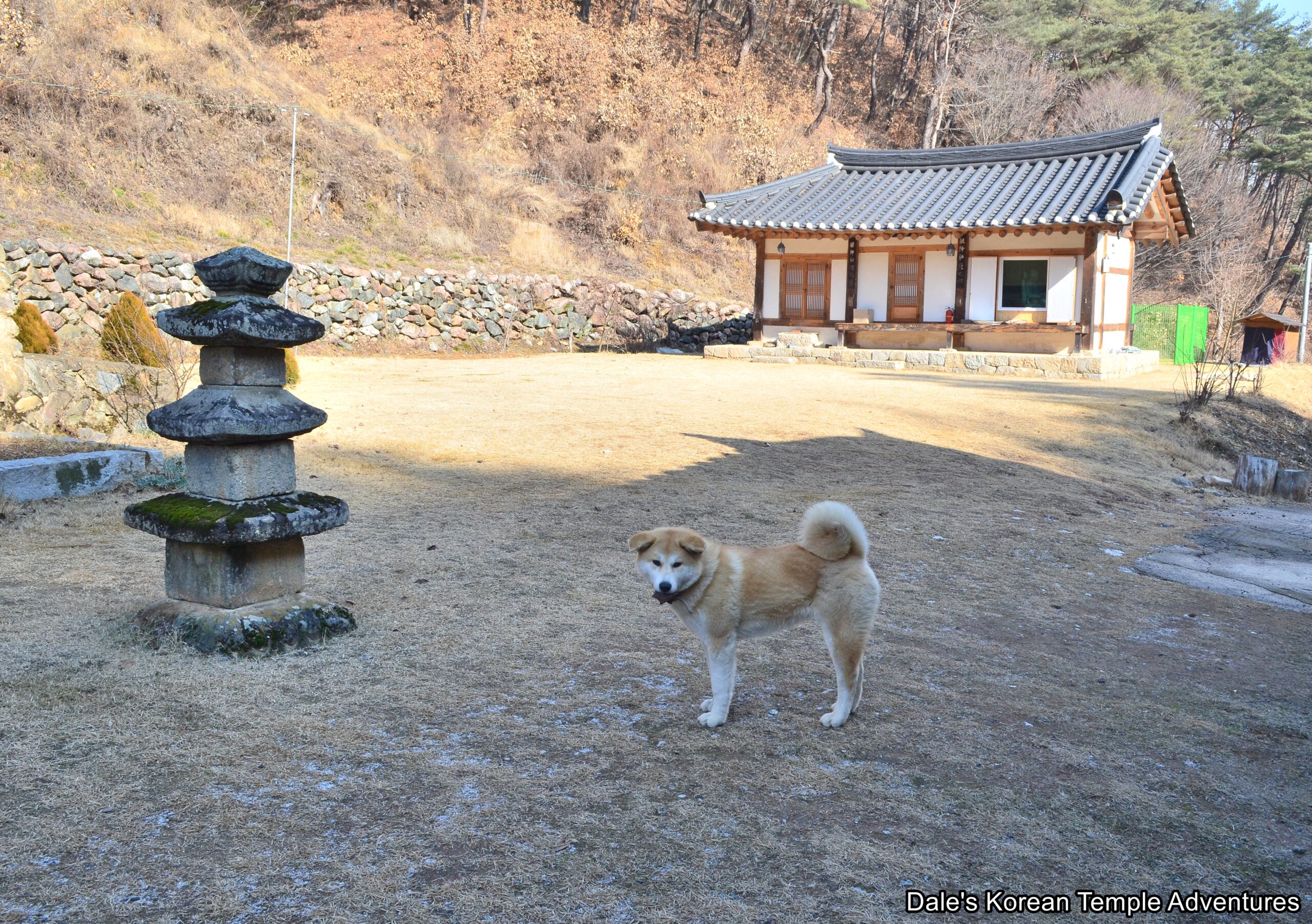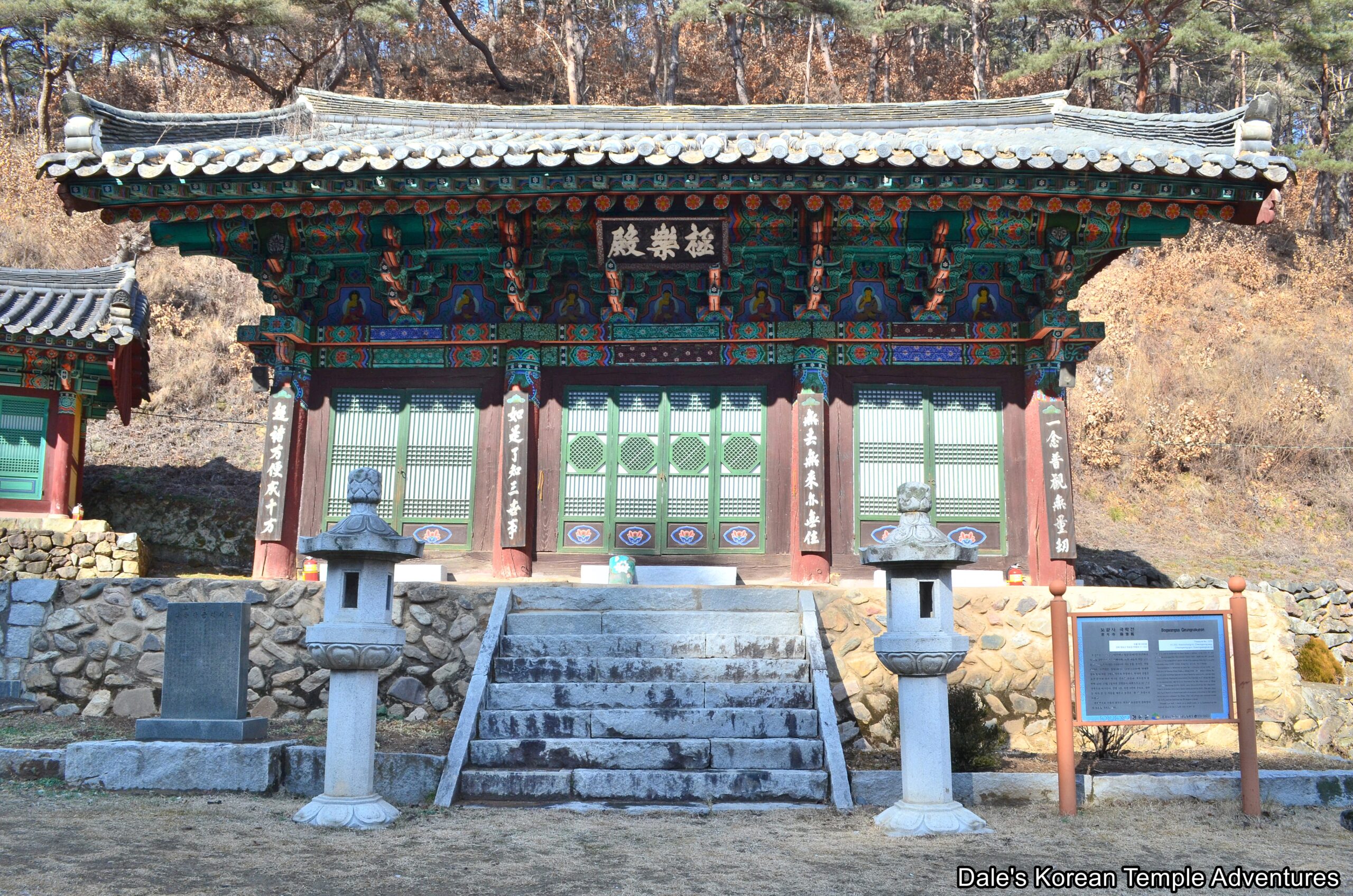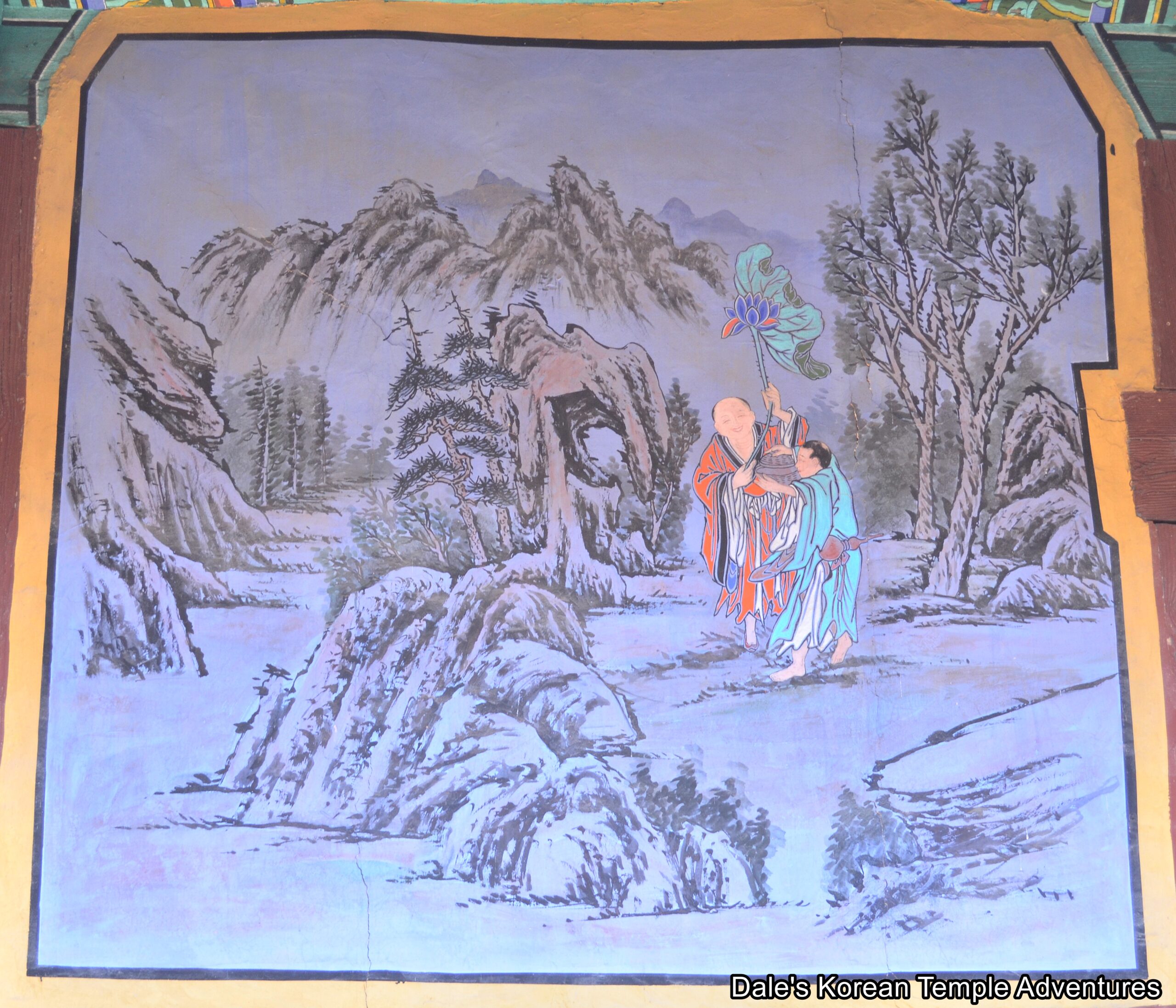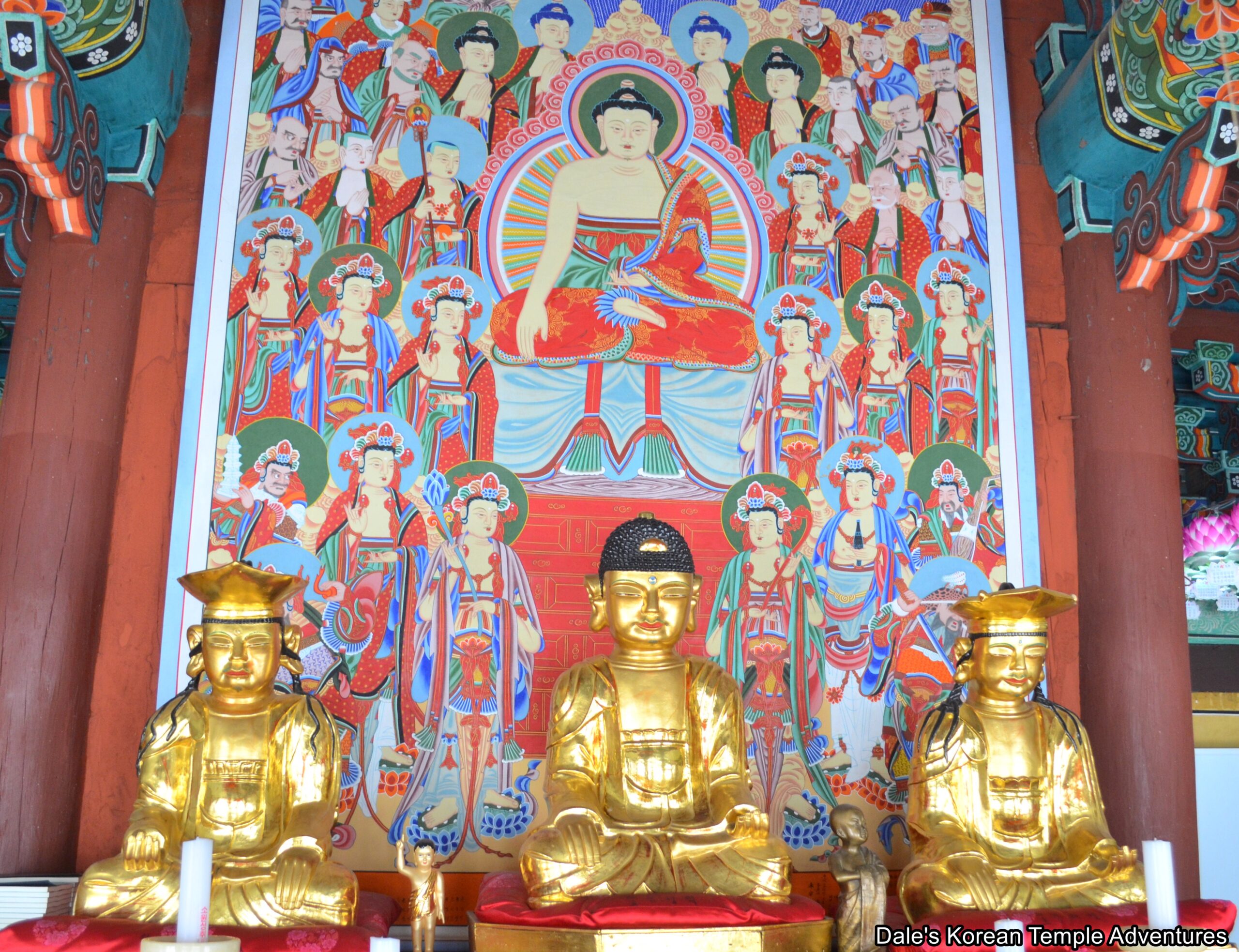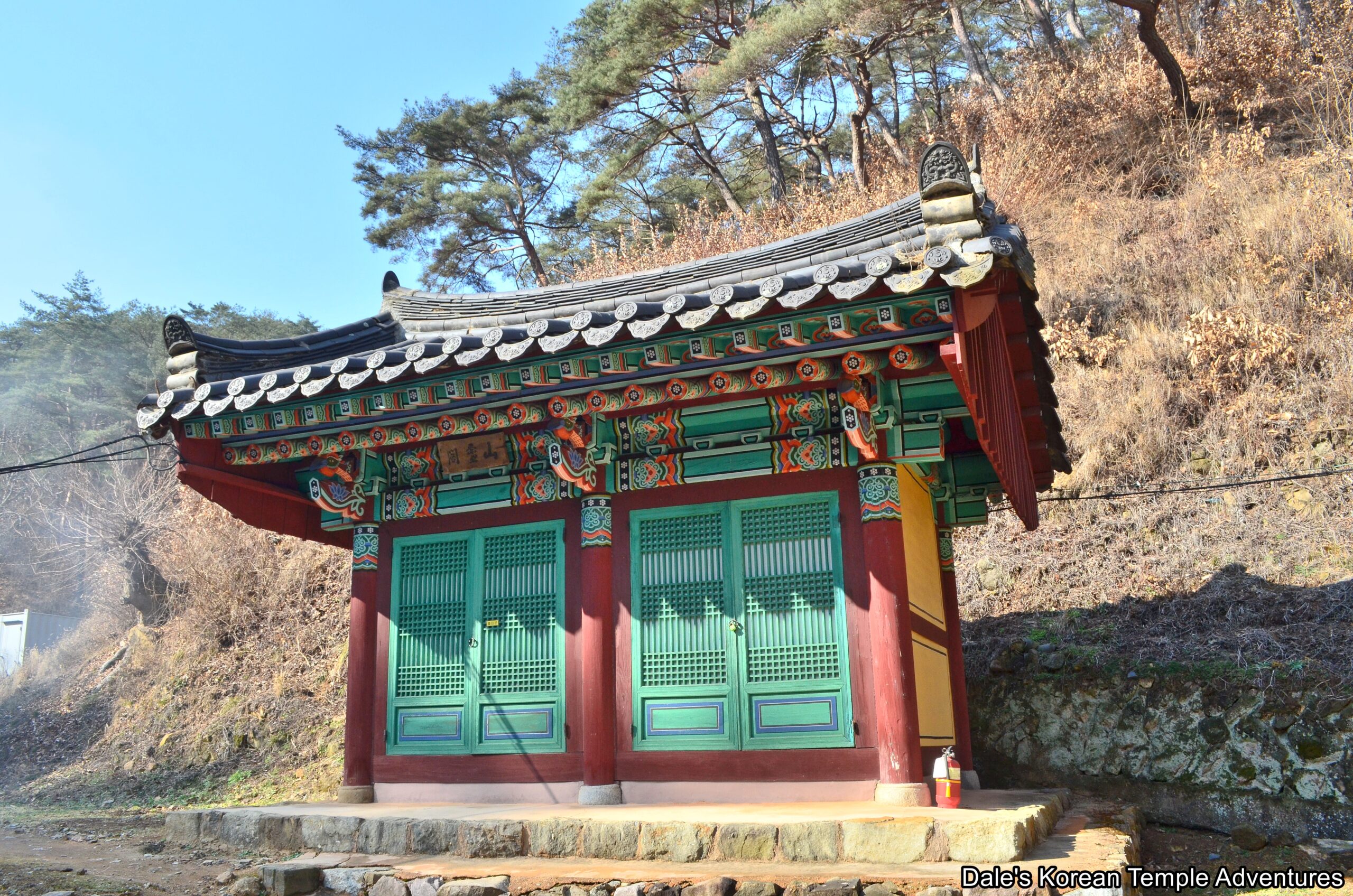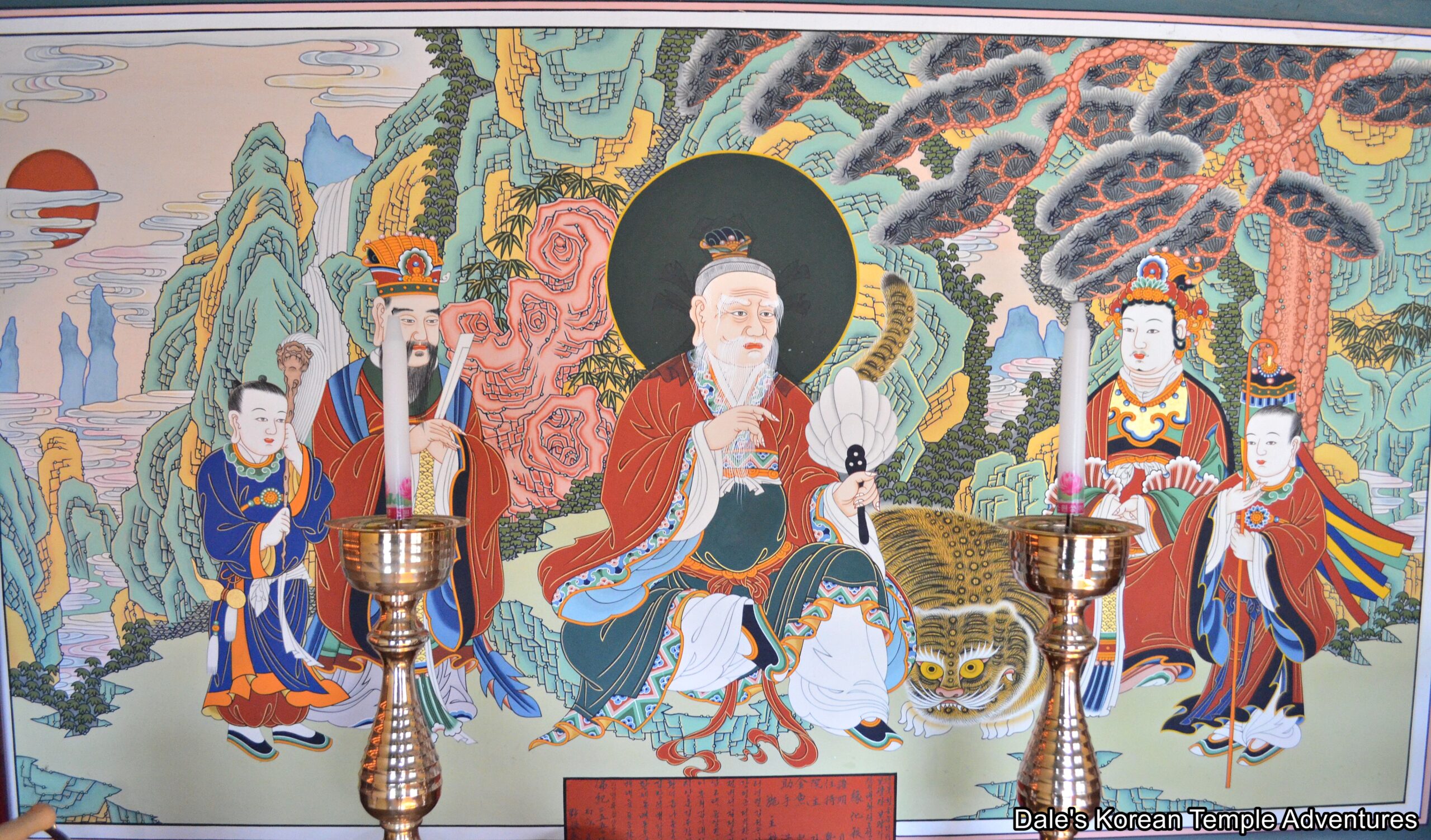Bogwangsa Temple – 보광사 (Cheongsong, Gyeongsangbuk-do)
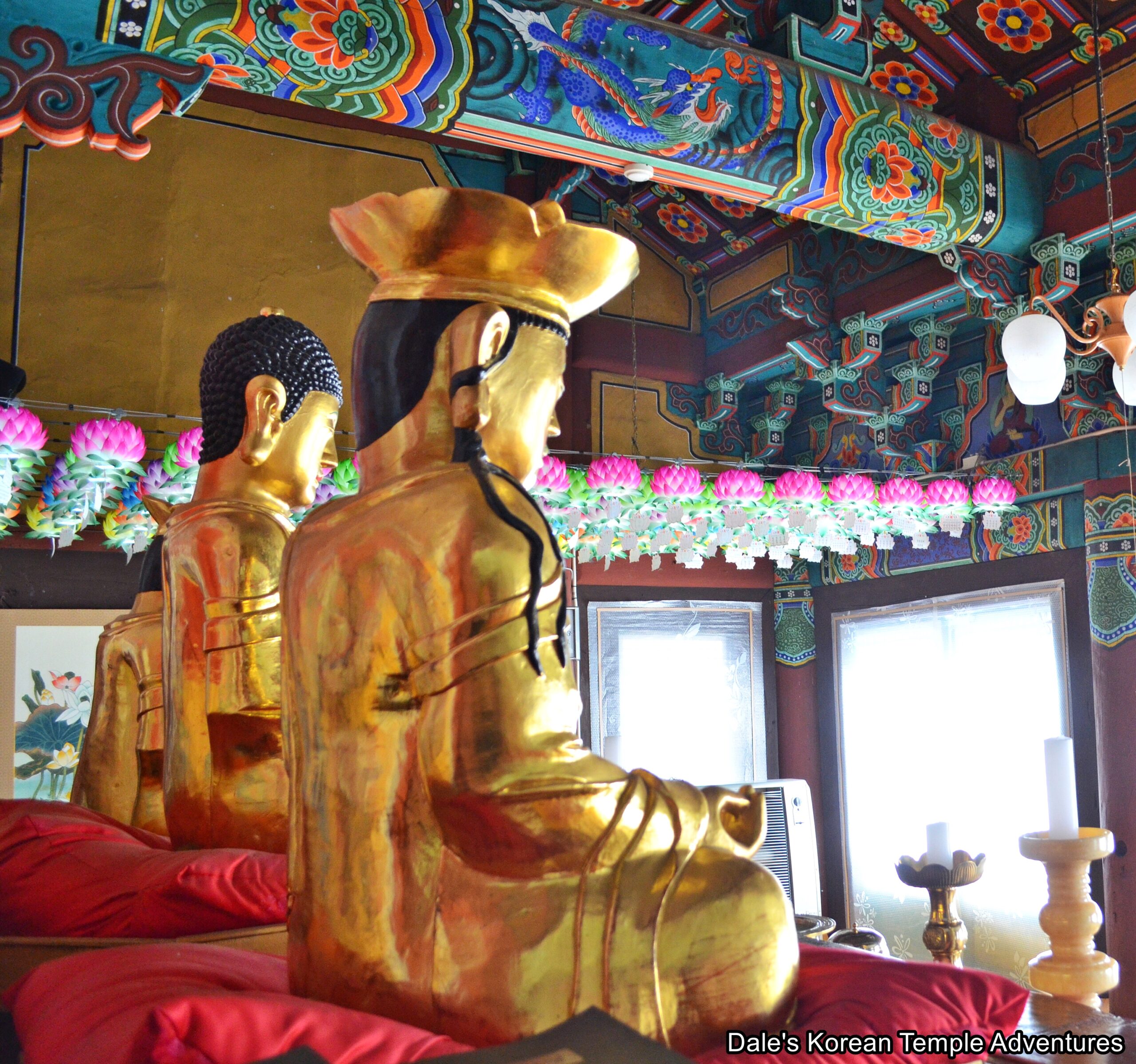
Temple History
There are numerous Bogwangsa Temples in Korea, but this Bogwangsa Temple is located in Cheongsong, Gyeongsangbuk-do to the north of Mt. Bogwangsan (435.1 m). While there’s no clear evidence as to when Bogwangsa Temple was first founded, it’s believed to have been first established in 668 A.D. by the famed monk Uisang-daesa (625-702 A.D.). However, this date seems to be unreliable, as Uisang-daesa was still studying in Tang Dynasty China (618–690, 705–907 A.D.) until 671 A.D. According to the “Yeojidoseo,” or “Collected Chronicles and Maps, 1765” in English, “Bogwangsa Temple is located five li (two kilometres) south of the local administrative office. The temple is a guardian temple for the tomb of Shim Hong-bu.” From this quote, we can discern that the temple was a prayer hall for the Cheongsong Shim clan.
During the reign of King Sejong (r. 1418-1450), Queen Soheon (1395-1446), who was a Shim of Cheongsong, had King Sejong designate the temple to protect the tomb of the progenitor of the Shim clan. As a result, a garden, a memorial, and the Manse-ru Pavilion were all built in and around Bogwangsa Temple. Thus, it’s believed that the Manse-ru Pavilion was first built in 1428 and later rebuilt by the Shim clan in 1856. And it was rebuilt, once more, in 1958 by Shim Sang-gak, who was the 22nd generation grandson of Shim Hong-bu.
In 1979, the governor of the region had the historic Geukrak-jeon Hall repaired. It was around this time that an inscription on the main beam of the Geukrak-jeon Hall’s structure that showed that the shrine hall was built in 1615. And in 1995, the Samseong-gak Hall was built. More recently, the entire temple grounds have undergone an extensive reconstruction including the Geukrak-jeon Hall.
There are two provincial treasures at Bogwangsa Temple. They are the Manse-ru Pavilion, which is Gyeongsangbuk-do Cultural Material #72; and the “Geukrak-jeon Stone Amita-bul Triad of Bogwangsa Temple in Cheongsong,” which is Gyeongsangbuk-do Cultural Material #541. Additionally, the Geukrak-jeon Hall is Korean Treasure #1840.
Temple Layout
You first approach Bogwangsa Temple up a long country road. The first signs that you’re nearing the temple grounds are the modern turtle-based stele out in front of the temple grounds. A little further along, and past the temple parking lot, is the aforementioned Manse-ru Pavilion that separates the outer from the inner portion of the main temple courtyard. The Manse-ru Pavilion is a two-story structure. The first story simply supports the second story of the structure. As for the second story, it’s used for larger meetings.
Passing to the right of the Manse-ru Pavillion, and having stepped into the main temple courtyard, you’ll first notice the diminutive Geukrak-jeon Hall in front of you. Out in front of the main hall is an equally smaller sized three-story pagoda. Before heading up the stairs that lead up to the Geukrak-jeon Hall, you’ll notice a pair of modern stone lanterns on either side of the stone stairs.
The exterior walls of the Geukrak-jeon Hall are adorned in simple dancheong colours. Stepping inside the main hall, you’ll be welcomed by a main altar occupied by the “Geukrak-jeon Stone Amita-bul Triad of Bogwangsa Temple in Cheongsong.” In the centre of this triad sits an image of Amita-bul (The Buddha of the Western Paradise), who is joined on either side by statues of Gwanseeum-bosal (The Bodhisattva of Compassion) and Daesaeji-bosal (The Bodhisattva of Wisdom and Power for Amita-bul). According to the original text discovered on the clothing of the statues, it was determined that the triad was constructed in 1735 by the monk-sculptor Yeo Cheol. The central image of Amita-bul is slender and strong in appearance, while the two accompanying Bodhisattvas wear crowns on their heads as long hair flows down towards their shoulders. This triad is then backed by a new main altar mural. And on the far left wall is a modern Shinjung Taenghwa (Guardian Mural).
To the left of the Geukrak-jeon Hall is the temple’s Samseong-gak Hall. Slightly elevated, and all but unadorned, you’ll be welcomed inside the shaman shrine hall by a triad of paintings of Korea’s most popular shaman deities. The first of the three, and hanging on the far left wall, is an elaborate mural dedicated to Sanshin (The Mountain Spirit). This mural is then joined on the main altar by an older mural dedicated to Chilseong (The Seven Stars) and Dokseong (The Lonely Saint).
The other building on the temple grounds, and to the right of the main hall, is the nuns’ dorms and temple’s kitchen.
How To Get There
The easiest and fastest way to get to Bogwangsa Temple is to take a taxi from the Cheongsong Intercity Bus Terminal. By taxi, it should take about 5 minutes, or 2.6 km, and it’ll cost you around 5,000 won (one way).
Overall Rating: 6/10
Bogwangsa Temple’s royal past, and its connection to King Sejong, makes the temple far more interesting. Additionally, the Manse-ru Pavilion and historic Geukrak-jeon Hall are stunning examples of Buddhist architecture. Also, the main altar triad inside the Geukrak-jeon Hall is rather unique in design. You can also enjoy the elaborate Sanshin (Mountain Spirit) mural housed inside the Samseong-gak Hall. While smaller in size, and with only a couple of shrine halls for visitors to explore, Bogwangsa Temple is still worth a visit, especially if you’re in the area.
